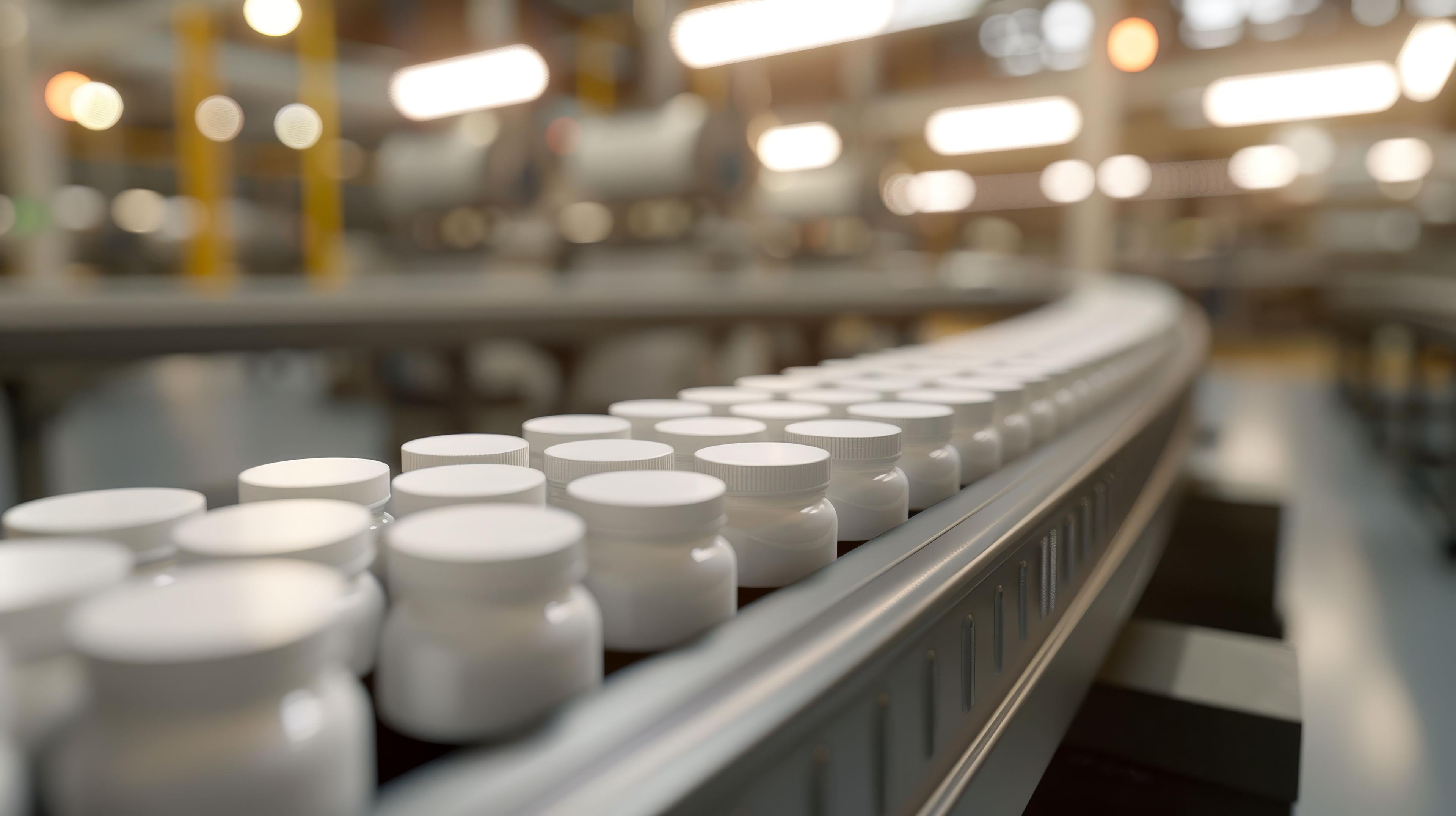The Role of Packaging in Achieving Corporate Sustainability Goals


Why Packaging Matters in Corporate Sustainability
Sustainability is no longer just a trendy buzzword—it’s a business imperative. Companies worldwide are under pressure to reduce their environmental footprint, and one of the most effective ways to do so is by rethinking their approach to packaging. From minimizing waste to reducing carbon emissions, packaging plays a crucial role in helping businesses meet their corporate sustainability goals.
Consumers are demanding greener alternatives, governments are tightening regulations, and investors are prioritizing environmental, social, and governance (ESG) factors. In this landscape, sustainable packaging isn't just a responsible choice—it’s a competitive advantage. But what does sustainable packaging really look like, and how can businesses implement meaningful changes? Let’s dive in.
The Environmental Impact of Packaging
Packaging is a double-edged sword. On one hand, it protects products, extends shelf life, and provides essential information to consumers. On the other hand, traditional packaging—especially single-use plastics—contributes to pollution, resource depletion, and greenhouse gas emissions.
Key Environmental Issues Related to Packaging:
- Plastic Pollution: Over 300 million tons of plastic are produced annually, with a significant portion ending up in landfills and oceans.
- Carbon Footprint: The production, transportation, and disposal of packaging contribute to greenhouse gas emissions.
- Deforestation: Paper-based packaging, if not sourced sustainably, contributes to deforestation and habitat destruction.
- Waste Generation: Many packaging materials are non-recyclable, leading to increased waste in landfills and incinerators.
Companies aiming to achieve their sustainability goals must address these challenges head-on by adopting innovative and eco-friendly packaging solutions.
How Sustainable Packaging Supports Corporate Sustainability Goals
Switching to sustainable packaging isn’t just about reducing waste—it aligns with broader corporate sustainability objectives. Here’s how:
1. Reducing Carbon Footprint
Sustainable packaging materials often have a lower carbon footprint than conventional options. Using recycled materials, optimizing packaging design to reduce weight, and implementing energy-efficient production processes all contribute to lower emissions.
2. Enhancing Brand Reputation and Consumer Loyalty
Sustainability is a key factor in consumer purchasing decisions. Studies show that consumers prefer brands that use eco-friendly packaging. A commitment to sustainable packaging builds trust and strengthens brand loyalty.
3. Ensuring Regulatory Compliance
Governments around the world are enforcing stricter packaging regulations. From plastic bans to mandatory recycling programs, staying ahead of regulatory changes can prevent legal issues and costly penalties.
4. Minimizing Waste and Promoting Circular Economy
Sustainable packaging supports the circular economy by emphasizing materials that can be reused, recycled, or composted. This reduces reliance on virgin materials and minimizes environmental impact.
5. Reducing Costs in the Long Run
Although sustainable packaging solutions may require an initial investment, they often lead to long-term cost savings through material efficiency, reduced waste disposal fees, and enhanced supply chain optimization.
Strategies for Implementing Sustainable Packaging
Adopting sustainable packaging doesn’t happen overnight. It requires a strategic approach. Here are some key steps businesses can take:
1. Use Recycled and Renewable Materials
Opt for packaging materials that are biodegradable, compostable, or made from recycled content. Examples include:
- Recycled cardboard and paper
- Plant-based plastics (e.g., PLA, PHA)
- Mushroom packaging
- Cornstarch-based materials
2. Reduce Packaging Waste Through Smart Design
- Minimize unnecessary packaging layers.
- Use lightweight materials to reduce transportation emissions.
- Design packaging for easy recycling or reuse.
3. Switch to Refillable and Reusable Packaging
Many brands are adopting refill stations and reusable containers to cut down on single-use waste. Beauty brands, grocery stores, and cleaning product companies are leading the charge in this space.
4. Invest in Compostable and Biodegradable Options
If recycling isn’t feasible, compostable packaging can be an excellent alternative. Compostable mailers, food containers, and cutlery break down naturally without harming the environment.
5. Leverage Technology for Smarter Packaging
Advancements in technology are making packaging more sustainable:
- Smart labels and QR codes that provide recycling instructions.
- Water-soluble films for reducing plastic waste.
- Edible packaging for food products.
Case Studies: Companies Leading in Sustainable Packaging
1. Unilever’s Plastic Reduction Initiative
Unilever has committed to halving its use of virgin plastic by 2025. It’s replacing plastic bottles with aluminum and glass alternatives while introducing refillable packaging.
2. Patagonia’s Recycled Packaging
The outdoor apparel brand uses 100% recycled and recyclable materials for its shipping and product packaging, reducing its environmental impact significantly.
3. IKEA’s Mushroom-Based Packaging
IKEA is replacing polystyrene packaging with biodegradable mushroom packaging, reducing waste and pollution.
The Future of Sustainable Packaging
Sustainable packaging is rapidly evolving. As new materials, technologies, and consumer behaviors emerge, businesses must stay agile. Future trends include:
- Increased use of algae-based and seaweed packaging.
- Advancements in nanotechnology for stronger, lighter, and greener materials.
- Expanded deposit-return schemes for reusable packaging.
- Innovative solutions in biodegradable plastics that decompose faster and more efficiently.
- Smart packaging that provides real-time insights into product freshness and recyclability.
Final Thoughts: Taking Action Towards Sustainability
Sustainable packaging isn’t just an option—it’s a responsibility. Businesses that integrate eco-friendly packaging solutions into their sustainability strategies will gain a competitive edge while making a positive environmental impact.
Now’s the time to assess your packaging choices. Explore innovative materials, collaborate with sustainable suppliers, and communicate your efforts transparently with consumers. Ready to make the switch? Let’s work together to build a more sustainable future, one package at a time.




